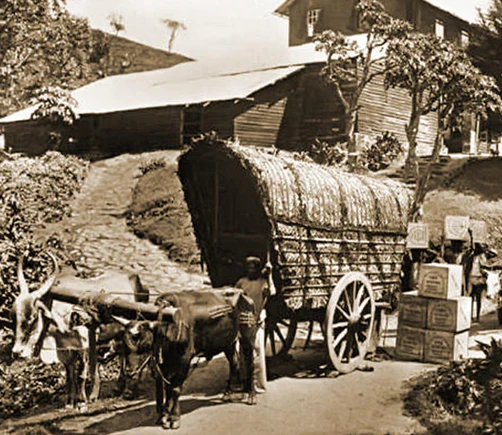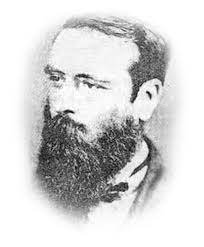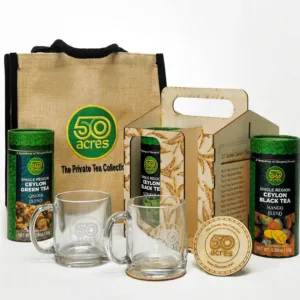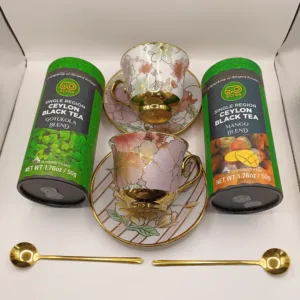Taylor set up his own tea make shift ‘factory’ in the verandah of his bungalow in Loolecondera Estate and begin to experiment with tea. The tea leaves were rolled by hand and the firing done on clay stoves over charcoal fires. After successful results and a year later, he exported 23 pounds of tea to London. James Taylor worked with Scottish merchant Thomas Lipton to develop the tea industry in Ceylon. Taylor continued to develop the tea industry with his innovative thinking until he died in 1892 at the age of fifty-seven. He lived in Sri Lanka for more than half of his lifetime.
In 1878 Sri Lanka’s tea acreage grew, to 4,700 acres, 32,000 acres in 1883, and 364,000 acres in 1898. By the early 20th century, more than 384,000 acres of tea had been cultivated. Currently there are 548,573 acres of tea in Sri Lanka.









